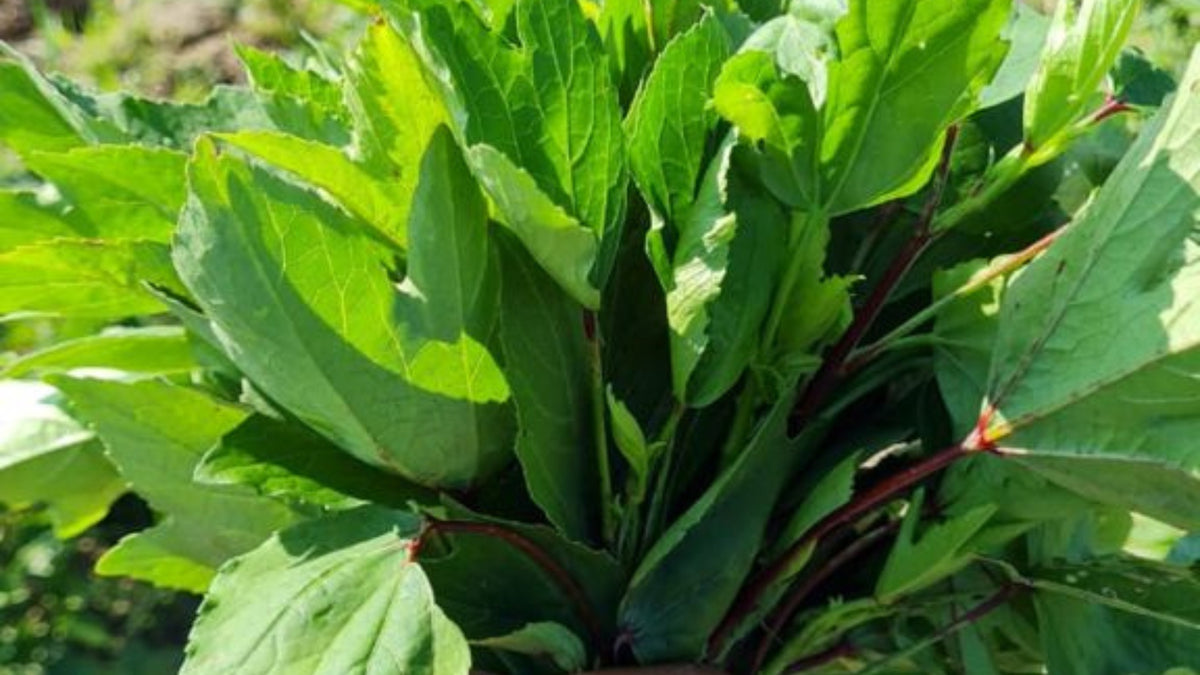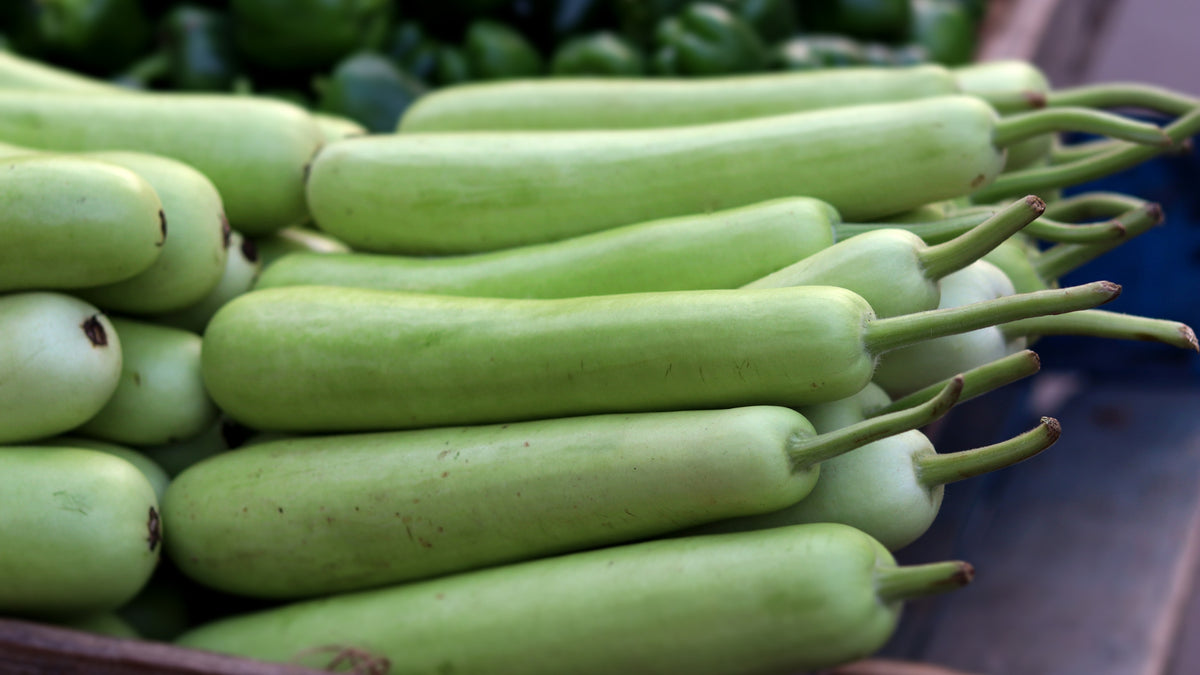
The Shelf Life of Ayurvedic Remedies

Traditionally, Ayurvedic medicines were prepared by practicing Ayurvedic physicians for the use of their patients. Things have obviously changed as Ayurvedic medicine manufacturing has been overtaken by bigger industries.
Nowadays, with few exceptions, Ayurvedic physicians prescribe medicines that their patient then purchases from a manufacturer (like us), rather than the physician themselves going through the lengthy and complicated processes of collecting the ingredients and actually processing them into a final remedy. Modern manufacturing has made making Ayurvedic remedies quicker and more sophisticated.
Because of the commercialization of the preparation and marketing of Ayurvedic medicines, there is a need to look over some of the old rules and beliefs around the shelf life of Ayurvedic preparations.
Ayurvedic Remedy Types
Herbal therapy is given prime importance in Ayurveda. It is described in detail in Bhaishajya Kalpana. Bhaishajaya Kalpana is a sub-discipline of Ayurveda entirely devoted to the preparation of herbal formulations.
The five basic forms of remedies described in Ayurveda are:
- Swarasa (liquid from plants)
- Kalka (paste made by grinding fresh herbs or "wet grinding" of dried herbs)
- Kwaatha (a hot liquid made of fresh or dried herbs)
- Sheeta or Hima (cold water infusion)
- Faanta (hot water infusion)
Swarasa and Kalka are prepared from freshly collected herbs, whereas Kwatha, Sheet, and Fanta are liquids prepared from dried herbs.
Shelf Life of Ayurvedic Remedies
Below we have two charts to compare the difference between how long the formulations retained their potency traditionally versus now with our modern techniques.


The other renowned Ayurvedic text, Sushrut Samhita, says that:
“... any herb or formulation, whether old or fresh, can be used for therapeutic purposes as long as its qualities like taste, smell and appearance are intact."
However, this is a highly subjective assessment of the physiochemical properties of herbs and herbal formulations to use to decide the shelf life. In our modern times, scientific progress has enabled us to pinpoint more exact timeframes for potency and use ingredients and manufacturing and storage techniques that extend the length of time the products are viable.
Churnam
Churnams are a fine powder ground from dried herbs.
Traditionally, herbs were collected, rinsed, dried, powdered, and sieved before being administered to the patient. When there is more than one herb in a churnam, they are separately powdered and sieved before being combined. Each one of the powders is weighed separately and then mixed together because some of the herbs contain more fibrous matter than others. According to Aushadhi Yoga, this method is the preferred one, however more time-consuming.
In industrial manufacturing processes, however, all of the herbs are rinsed, dried, and powdered together by disintegrators. Mechanical sifters are also used. Salt, sugar, and camphor, when used as ingredients, are separately powdered and mixed with the rest at the end. Asafoetida (Hingu) and salt may also be roasted, powdered, and then added.
Whether by hand or by machine, churnams should be processed through a sieve at least 80 times. The finer the powder, the better its therapeutic value!
Eladi Churnam, Avipattikar Churnam, Panchakola Churnam, and Rasnadi Churnam.
Vati and Gulika
Herbal formulations prepared as tablets are known as Vati or Gulika and are made of one or more herbs.
Hinguvadi Gulika, Dhanvantar Gulika and Suvarnamouktika Gulika
Ghritams & Tailams
Ghritams are made by cooking ghee with Kashayas (decoctions) and Kalkas (pastes) of herbs. Ghritams will typically solidify when cooled and they will have the color, smell, and taste of the herb(s) used.
Because of modern storage options like refrigerators where humidity and temperature are maintained, ghritams and tailams have an extended shelf life because of low environmental oxidation and rancidity.
Taliams
Tailams are oils boiled with prescribed Kashyas (decoctions) and Kalkas (pastes) of herbs and medicinal plants.
Generally, unless otherwise mentioned in the text, the ratio is this: Kalka 1: Sneha 4: Kashya 16 (1:4:16). This precise process ensures the absorption of active therapeutic properties.
Tailams will typically have the color, smell, and taste of the herbs used and have the consistency of the base oil. When a considerable quantity of milk is used in the remedy, the oil becomes thick and in cold weather may condense further.
Tailams are most often used externally for Abhyanga. Some oils are also used internally. If so, it should be taken with Anupan. If Anupan is not recommended, it should be taken with warm water or warm milk.
Bala, Ksheerbala, Sahacharadi, Narayan, Chandanadi and Karpuradi Oil
Leham
Lehams are semi-solid Ayurvedic remedies prepared with jaggery, sugar, ghee, or honey and boiled with a decoction of herbs. They are also known as modakas, gulams, khandas, and rasayanas.
Examples
Brahma Rasayan, Agastya Rasayan and Chyavanaprasam.
Asavams and Arishtams
Asavams and Arishtams are medicinal preparations made by combining herbs, either in a powdered or liquid form, in a solution of sugar or jaggery for a specified period of time during which it undergoes a process of fermentation. The microbes in the mixture generate alcohol and activate the healing principles in the ingredients. The alcohol also works as a preservative.
Examples
Abhayarishtam, Amritarishtam, Arvindasavam, Chitrakasavam, etc.
Guggulu Preparations
Guggulu is a Niryasa: a substance that is secreted from a plant. Guggulu comes from Commiphora mukul, commonly known as the Indian bdellium-tree. Ayurvedic remedies that have the Shodhita (purified) substance of the Indian bdellium-tree as the main ingredient are known as Guggulu. They come mostly in the form of tablets.
Examples
Kanchanar Guggulu, Kaishore Guggulu, and Yogaraj Guggulu
More Information on the Shelf Life of Commercially Manufactured Ayurvedic Remedies
In the modern commercial production of Ayurvedic formulations, modern techniques are used for preparation, packaging, and storage, which ultimately lengthens the shelf life of these products.
It is important to store in their original airtight containers and at the recommended temperatures. Some formulations, especially tailams and other liquids, are sensitive to light. So they must be packaged and stored out of direct sunlight.
What Does the Expiry Date Really Mean?
The shelf life/expiration date of medicine and herbal medicinal products indicates the time period during which it's API (Active Pharmaceutical Ingredients) or FPP (Finished Pharmaceutical Products) is expected to remain within the approved stability specifications, provided it is stored under the conditions defined on the container label.
From an Ayurvedic perspective, the expiration date of a remedy will actually vary greatly, as you can tell from the above product examples. Ayurvedic products expire when there is no longer sufficient potency to initiate or support the healing process.
Modern Guidelines
The government of India issued a Gazette notification making it mandatory for the Ayurveda product manufacturers to display the expiry date and proposed shelf life of Ayurvedic medicines as Churnams to be 2 years, Gulika (tablets) containing Kashta Aushadhi (herbal drugs) as 3 years and Guggulus as 5 years.
If you have further questions regarding a specific product and its length of potency, please email Dr. Vandana at vandana@kottakkalusa.com.
References
- Saarangadhara Samhitaa - Prathamaa Khanda 1/51-52
- Saarangadhara Samhitaa - Prathamaa Khanda 1/45
- Dekkar T Stability Studies (emphasis on FPP), a workshop on GMP and Quality Assurance of Multisource Tuberculosis Medicines, Kuala Lumpur, Malaysia, 21-25, Feb 2005)
- P. Sharangadhar Samhita with commentary, Chaukhambha Orientalia Publication, 2002, 13
- Acharya J T, Sushrut Samhita with commentary, Chaukhambha Orientalia Publication, 2008, 160
- Ayurvedic Formulary of India, Part I (
- Ayurvedic Pharmacopeia of India Part I, Second Edition (2003)
- Sharangadhar Samhita, Adhyaya 1, Shloka 51-53, commentary od Addhamalla,
- Gazette of India, Extraordinary Part II, section 3, subsection (i) no. 605, Oct. 2016) http://ayush.gov.in/genericcontent/gazette-notification-gsr-no-789e-dated-12th-august2016-revising-shelf-life-asu-drugs
Also in Healing with Kottakkal Ayurveda

Food is Medicine - Organic Gongura Leaf
Gongura, often referred to as Indian sorrel, is a leafy green vegetable packed with an array of health benefits. This vibrant green is a treasure trove of essential vitamins, minerals, and antioxidants.

Food Is Medicine - Organic Bottle Gourd

Boosting Energy and Rejuvenation with Narasimha Rasayana
Narasimha Rasayanam is an herbal jam formulated with base ingredients of butter, honey, and milk. This time-tested remedy is believed to promote balance within the body's three doshas, vata, pitta, and kapha and supports a range of health concerns. From supporting physical strength and hair health to promoting rejuvenation and cognitive function, Narasimha Rasayanam offers a multifaceted approach to well-being.


Kottakkal Support